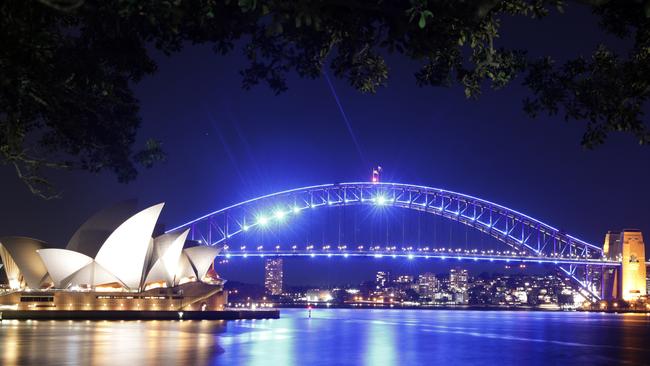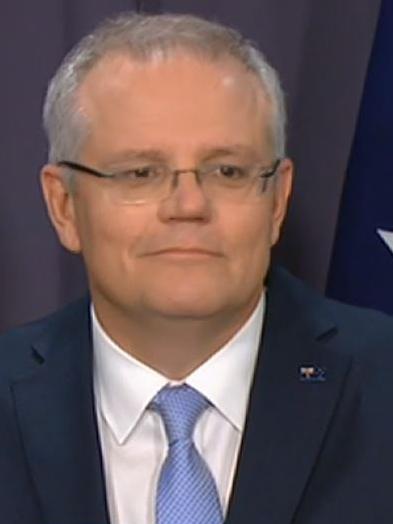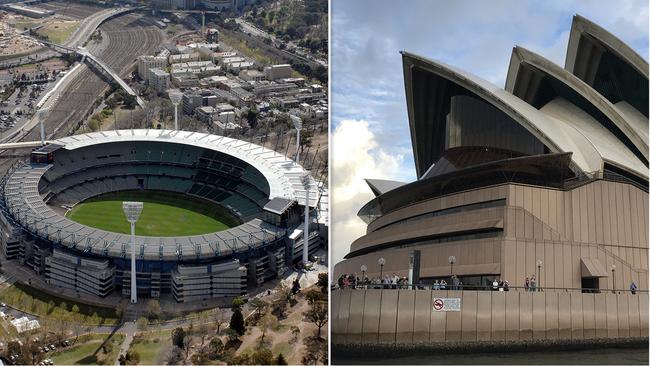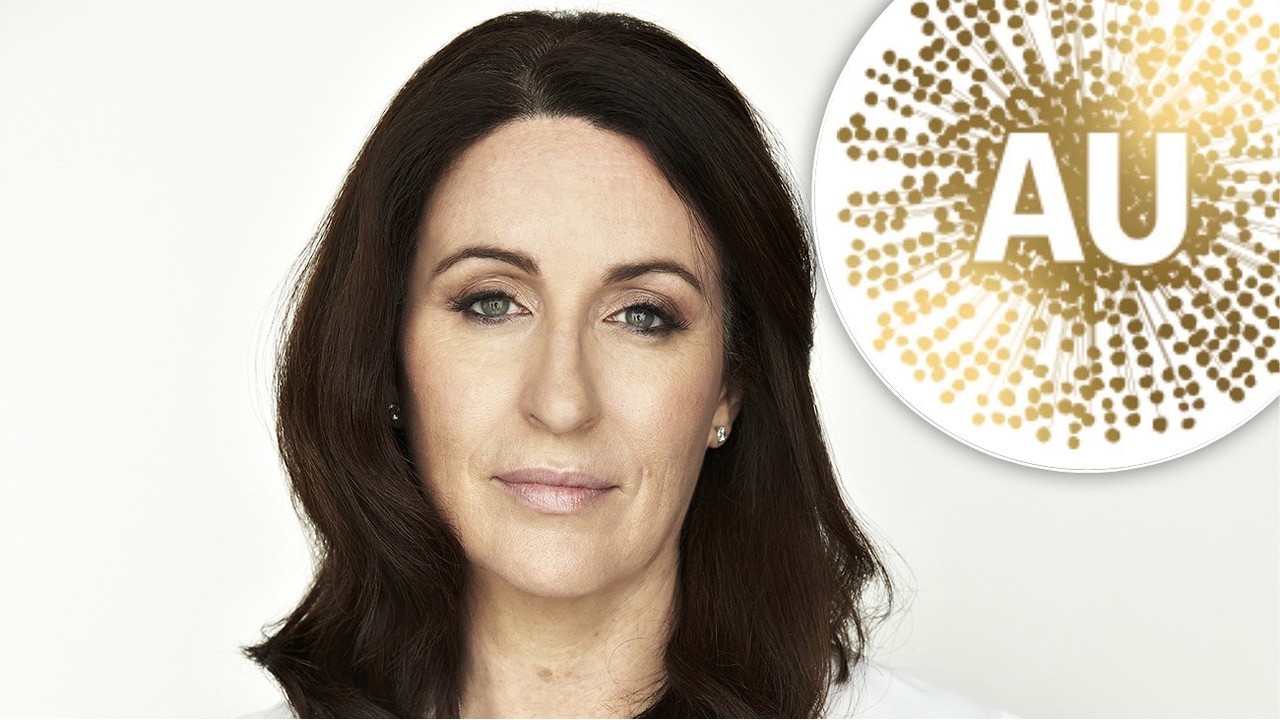Sydney, get used to being beaten by Melbourne
Melbourne has beaten Sydney once again in the global rankings of liveable cities, but the Victorian capital’s increasing ascendancy will have implications for Australia as a whole, writes David Mills.
RendezView
Don't miss out on the headlines from RendezView. Followed categories will be added to My News.
Sydney may have climbed two places in the global rankings of liveable cities this week — coming third behind Vienna and Melbourne — but longer term, the Emerald City of Oz is going to have to get used to being Australia’s second city.
Both cities are projected to be home to six million people in 2025, but the Victorian capital is expected to pull ahead of Sydney in terms of population the following year, reclaiming a mantle it last enjoyed between 1865 and 1901.
That was the era of “Marvellous Melbourne”, when gold rush riches helped swell the city to such a size that it became the second-largest in the British Empire.
It will be an interesting moment for both cities when Melbourne outgrows Sydney — expect some crowing — but it will also be a shift for Australia as a whole.
MORE FROM DAVID MILLS: Sorry, Steve. We don’t forgive that easily
The two cities have long had a complex joint hold on the national psyche, and we look to them for different things.
Sydney is our public face to the world, that glorious vista of the Opera House and the Harbour Bridge a virtual visual shorthand for the nation as a whole.

But when we look inward, we turn to Melbourne. It has the big nation-stopping sporting events — the AFL Grand Final and the Melbourne Cup — and its suburbs have spawned arguably the most Australian TV shows of all time, Neighbours and Kath & Kim.
In terms of politics, Sydney has dominated the country in a number of key ways over the past couple of generations. Since the Hawke era, the overwhelming majority of Prime Ministers have been Sydneysiders (Keating, Howard, Abbott, Turnbull and Morrison), while the Victorian capital has provided just two (Hawke and Gillard, neither of whom grew up there).
Former Howard government Nick Minchin recently called out Sydney-centricity in government decision-making, saying bad outcomes could sometimes flow when both the Prime Minister and Treasurer were from the harbour city.


Nevertheless, at this year’s federal election, the nation voted once again for the party led by a Sydneysider, and it is somewhat tempting to cast the result as a victory of an archetypical Sydneysider (smug, conservative Scott Morrison), and the repudiation of an archetypical Melburnian (sanctimonious, small “l” liberal Bill Shorten).
MORE FROM DAVID MILLS: New Star Wars trailer a victory for the trolls
But you’d have to assume that Melbourne’s ascendancy in terms of population will alter the balance of power in this country, which is bad news for the conservatives who view Victoria as “Australia’s Massachusetts” — our most liberal state.
ABS data from earlier this year shows that Melbourne is a desirable city for many Australians, with a net internal migration of 5700 people in 2017-2018. It came second only to Brisbane, which had an internal migration influx of 16,000 in the same period.
Sydney, meanwhile, had the highest net loss of population, losing 27,300 people.
What is driving that figure? It doesn’t appear to be the local economy — Sydney remains the top-performing city of all Australian capitals on that score — so it must be lifestyle.

A recent UK global study showed Sydney had the worst commuting times for both cars and public transport of all Australian cities, while more than five years of restrictive pub lockout laws have pretty much destroyed the city’s reputation as a party hotspot.
Sydney’s current doldrums could be hastening its decline into second city status, bringing on that moment when it’s eclipsed by Melbourne.
MORE FROM DAVID MILLS: ‘Are you OK?’ is good, but not nearly enough
But there are signs that some of its problems may not last forever.
Massive new public transport projects are set to come online (a long-delayed light rail extension next year, and a metro line in the CBD in 2024), while there have been suggestions that the lockout laws might finally be relaxed.
So Sydney will likely stay fabulous and liveable, even as Melbourne becomes bigger — and it will be a unique and wonderful thing about Australia.
Plenty of other countries have pronounced city rivalries — New York versus Los Angeles, Madrid versus Barcelona, Cape Town versus Johannesburg, for example — but no other nation will be able to claim that it has reared two such finely-matched metropolises.
Sydney and Melbourne: two great world cities, and two terrific places to call home.
The winner is Australia.
David Mills is a journalist with News Corp. @DavidMills1972
Originally published as Sydney, get used to being beaten by Melbourne


